
Supercharge your lead generation with a FREE Google Ads audit - no strings attached! See how you can generate more and higher quality leads
Get My Free Google Ads AuditFree consultation

No commitment
Supercharge your lead generation with a FREE LinkedIn Ads audit - no strings attached! See how you can generate more and higher quality leads
Get My Free Google Ads AuditFree consultation

No commitment
Supercharge your lead generation with a FREE Meta Ads audit - no strings attached! See how you can generate more and higher quality leads
Get My Free Google Ads AuditGet My Free LinkedIn Ads AuditGet My Free Meta Ads AuditFree consultation

No commitment
Supercharge your lead generation with a FREE Google Ads audit - no strings attached! See how you can generate more and higher quality leads
Get My Free Google Ads AuditFree consultation

No commitment
In today's digital-driven marketplace, dry cleaning equipment suppliers face unique challenges in reaching their B2B audience. Competition is fierce, with many suppliers missing high-value prospects because they aren't tracked in their CRMs, leading to lost opportunities. By leveraging Google Ads, suppliers can precisely target decision-makers actively searching for equipment solutions, ensuring these opportunities aren't missed. This guide will focus on strategic approaches to utilizing Google Ads effectively, ensuring visibility and engagement in a highly competitive industry. From capturing high-intent searches to tracking conversions, modern solutions now allow businesses to drive measurable results and integrate digital strategies into broader marketing efforts.
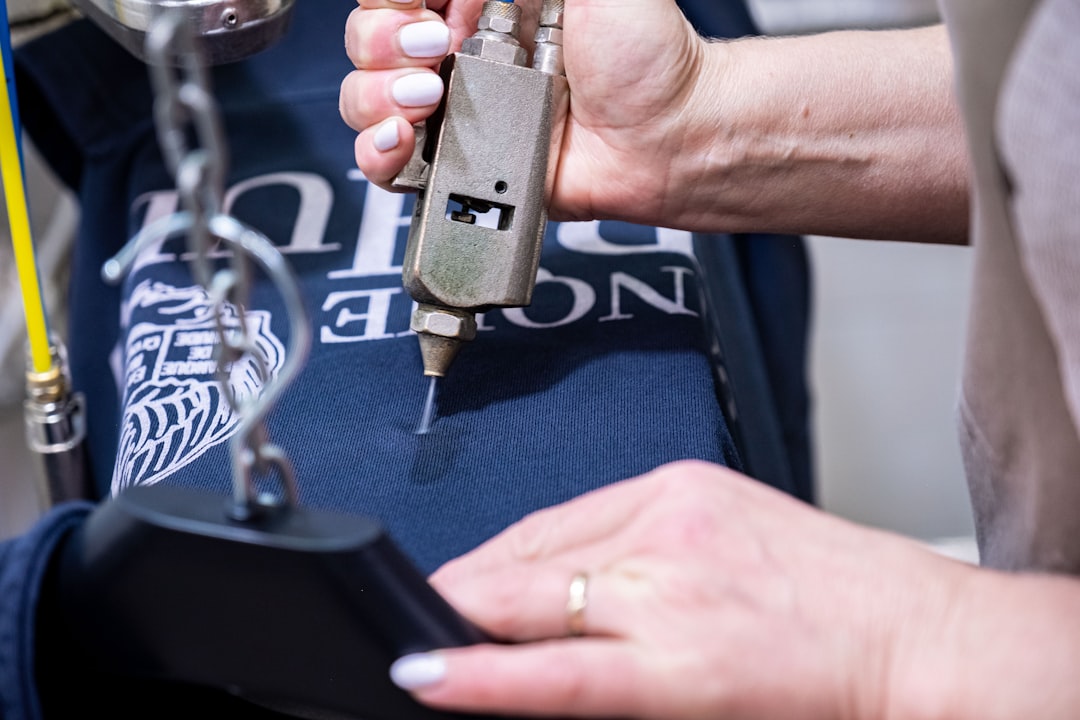
Dry cleaning equipment suppliers face a unique digital landscape where high-value transactions and niche buyer personas demand tailored lead generation strategies. Effective online advertising for suppliers requires a shift from generic outreach to campaigns that identify real purchase intent and deliver relevant messaging throughout the buyer’s journey. For a comprehensive overview of Google Ads management tailored to this industry, explore Google Ads management for dry cleaners.
Google Ads serves as a powerful driver for targeted advertising for equipment suppliers by enabling granular control over keyword selection, audience creation, and conversion tracking. Suppliers who leverage precise audience intelligence and dynamic segmentation can move beyond anonymous clicks, unlocking visibility into exactly who is engaging with their ads and which organizations are displaying in-market behavior for industrial machinery.
Ready to upgrade your lead generation strategy? Get started for free with Sona.
Dry cleaning equipment suppliers face a complex purchase cycle driven by technical requirements, compliance needs, and rapidly shifting buyer intent. Google Ads enables these suppliers to intercept plant managers and procurement heads at the exact moment they are researching equipment upgrades, expansions, or replacements. This precise timing ensures that high-value B2B prospects are engaged early while active in-market, leading to stronger deal velocity and higher conversion rates.
The sector’s high margins and capital investments demand immediate visibility and control over lead quality. Google Ads makes this possible by allowing suppliers to promote premium service offerings and respond dynamically to spikes in demand or new regulatory deadlines. With access to granular search data and performance metrics, suppliers can identify where buyers are in their decision journey, adjust budgets in real time, and decrease wasted spend on low-intent clicks. For more on how to unify your advertising and CRM data, explore our integration guide for HubSpot CRM.
Precision targeting is essential as equipment needs and compliance pressures vary by region and business size. Google Ads empowers suppliers to segment audiences by geography, facility type, or purchase history, ensuring messaging relevance and reducing cost per acquisition. This approach outperforms broad-based advertising by capturing leads in emerging markets before competitors can react, accelerating market penetration and brand trust. To streamline segmentation and targeting, leverage real-time audience data for more precise outreach.
Robust measurement transforms advertising from a guessing game to a data-driven growth engine. By tracking every interaction from click to contract, suppliers gain a clear view of which campaigns drive pipeline and which need refinement. When unified with CRM and intent data, marketing teams can pinpoint which companies are engaging, prioritize follow-ups, and forecast revenue impact with far greater accuracy. This alignment between marketing and sales delivers a sustained advantage in a competitive, high-stakes industry. If you’re ready to experience this level of insight, get started for free with Sona.
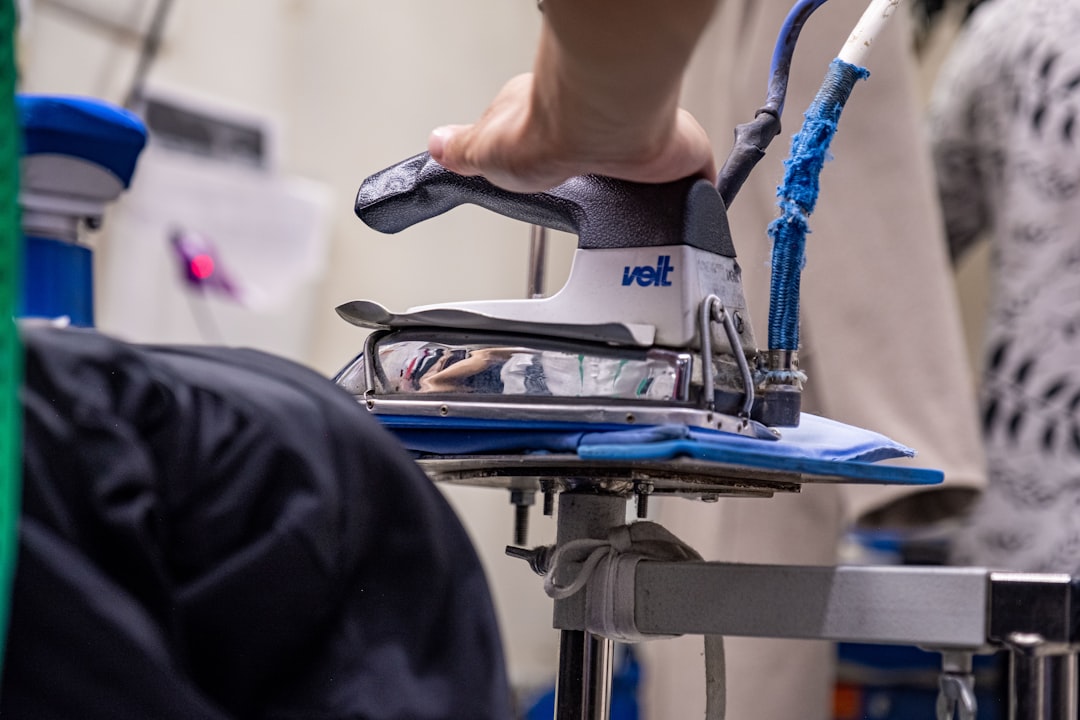
Dry cleaning equipment suppliers need precise digital marketing strategies to reach decision-makers in a fragmented B2B market. Each campaign type serves a unique role in generating leads, building brand equity, and accelerating the sales cycle for high-value industrial purchases.
To see how these strategies translate into real results, get started for free with Sona and unlock advanced targeting, tracking, and analytics for your Google Ads campaigns.
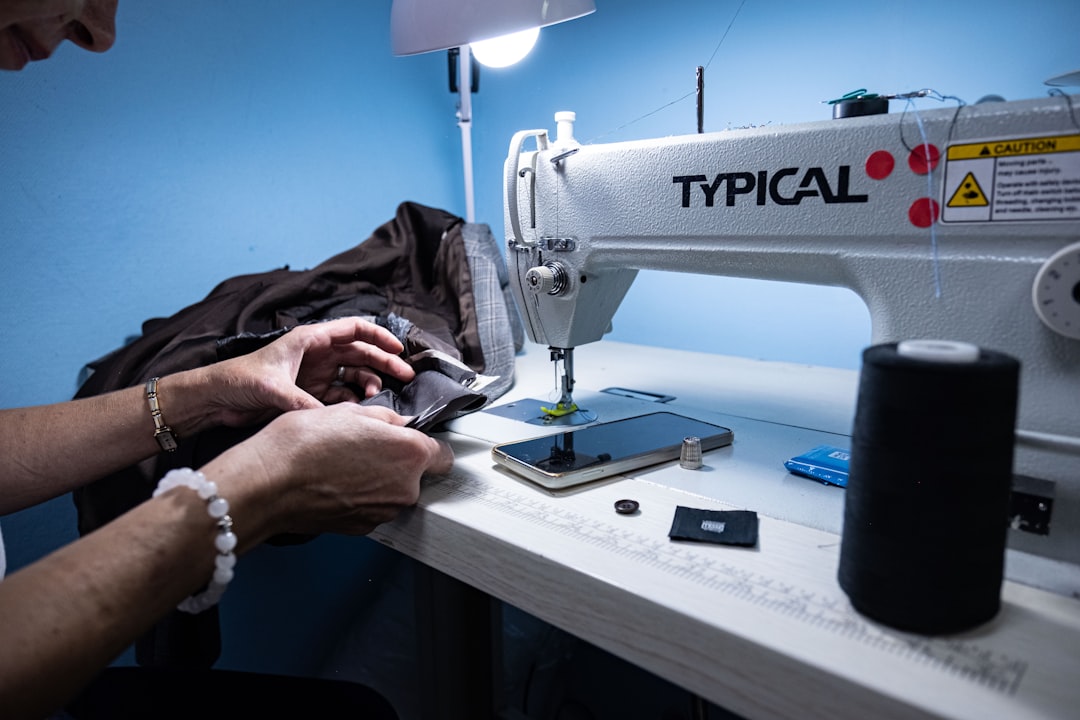
Dry cleaning equipment suppliers face a market where high-value prospects often slip through the cracks due to reliance on broad, traditional advertising channels. Forward-thinking teams uncover substantial growth by investing in digital tactics that precisely align solutions with specialized buyer needs and intent. Targeting niche keywords related to perchloroethylene dry cleaning machine or compliance-ready equipment allows campaigns to surface for buyers deep in the research and procurement process. These terms are less competitive, yielding lower cost-per-click and higher conversion rates, while also weeding out unqualified traffic. By integrating real-time visitor identification, marketers can pinpoint not just anonymous site visits, but specific companies expressing purchase intent—enabling direct outreach or tailored retargeting based on the equipment category each visitor explores.
Competitor analysis using advanced analytics platforms uncovers gaps in the market that legacy suppliers miss. By mapping which keywords and ad placements competitors dominate, teams can strategically allocate spend to unserved or underserved segments, such as eco-friendly solvent systems or automation add-ons. In-market behavior signals then guide budget adjustments, shifting spend dynamically to the highest-converting audiences as trends emerge, rather than waiting for month-end reports. For an in-depth look at digital strategies, see this guide to Google Ads for dry cleaners.
Industry directories and sector-specific forums remain essential for digital visibility. Buyers searching these platforms are often in the final stages of vendor selection, making them prime targets for display ads and sponsored content. When these visitors interact with your website, dynamic audience lists automatically update, ensuring remarketing campaigns follow prospects as they move through the evaluation and buying stages. This approach maximizes share of voice and ensures your brand stays top-of-mind until the deal closes.
Combining these tactics with robust attribution and CRM integration ensures that every digital touchpoint—from a trade forum interaction to a product spec download—feeds back into campaign strategy. This full-funnel visibility empowers suppliers to track which channels and messages move leads through the pipeline, supporting continuous optimization and sustainable growth in a highly specialized market. If you want to activate these strategies and track your impact, get started for free with Sona.
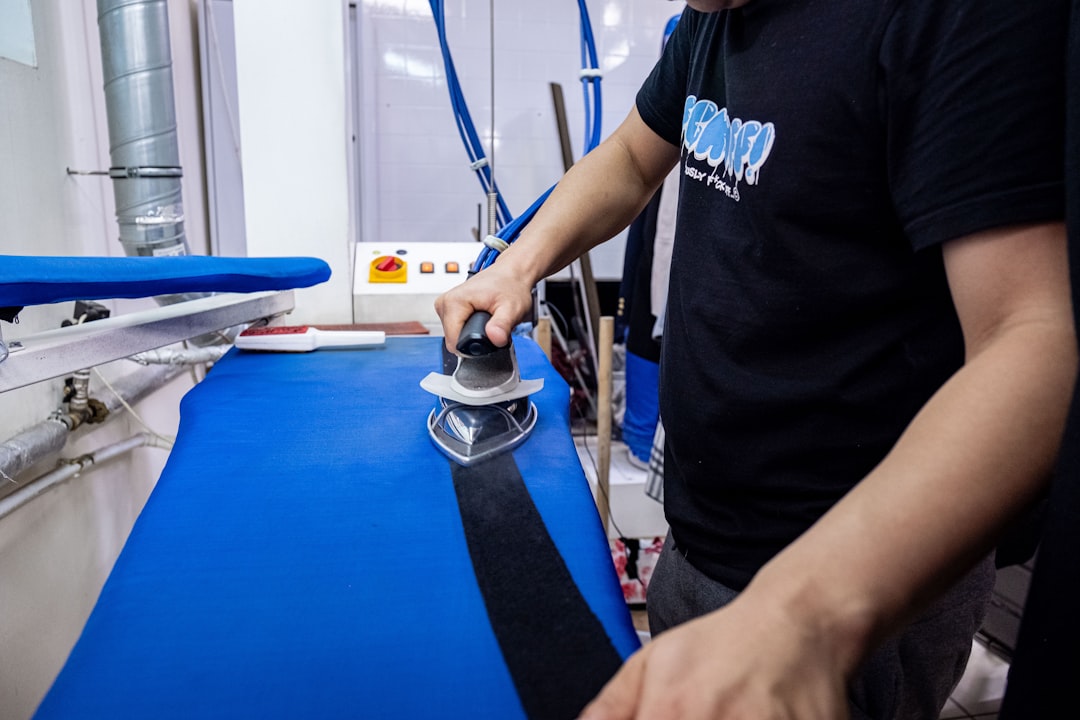
Audience segmentation is essential for dry cleaning equipment suppliers who want to elevate campaign efficiency and drive better leads. By moving beyond generic messaging, suppliers can connect with the real purchase drivers influencing each unique business profile in the dry cleaning landscape. To explore more strategies for tailoring your outreach, visit our collection of actionable playbooks.
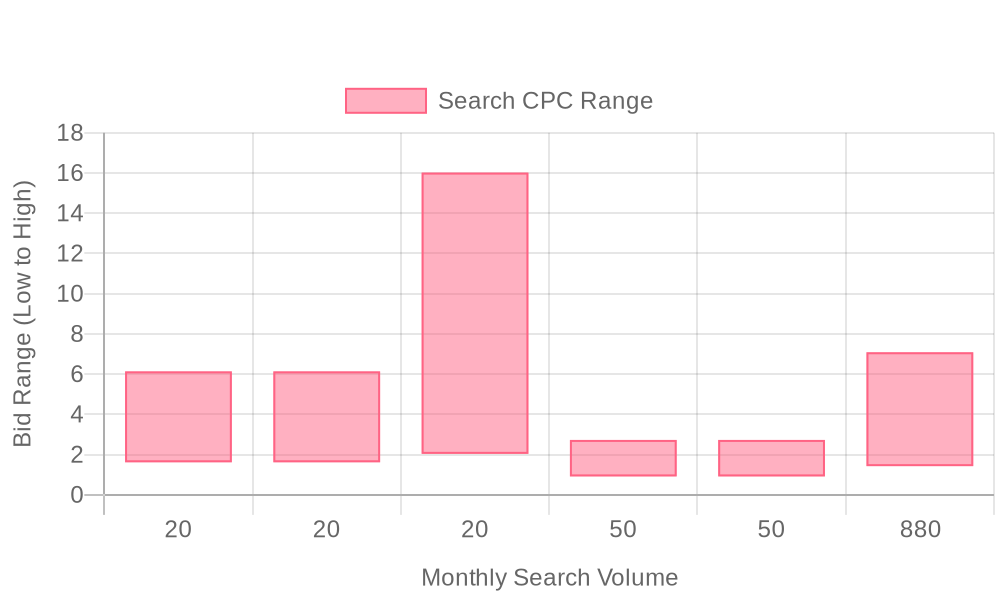
| Industry | Keyword | Monthly Search Volume | Competition Level | Low Bid | High Bid |
| Dry Cleaning Equipment Suppliers | dry cleaning machine suppliers | 20 | MEDIUM | 1.62 | 6.14 |
| Dry Cleaning Equipment Suppliers | dry cleaning machine manufacturers | 20 | MEDIUM | 1.62 | 6.14 |
| Dry Cleaning Equipment Suppliers | laundry and dry cleaning supplies | 20 | LOW | 2.04 | 16.02 |
| Dry Cleaning Equipment Suppliers | dry cleaning equipment suppliers | 50 | LOW | 0.92 | 2.73 |
| Dry Cleaning Equipment Suppliers | dry cleaning equipment manufacturers | 50 | LOW | 0.92 | 2.73 |
| Dry Cleaning Equipment Suppliers | dry cleaning supplies | 880 | MEDIUM | 1.43 | 7.09 |
Dry cleaning equipment suppliers operate in a market where transactional intent and technical specificity drive every profitable click. Elevating visibility and ROI starts with selecting keywords that match the unique buying signals of commercial laundry operators, plant managers, and franchise procurement teams. Generic, broad-match campaigns dilute spend and attract low-value inquiries that rarely convert in high-ticket B2B sales cycles. For more insights on building a high-performance paid search strategy, explore this guide to running effective Google Ads campaigns for dry cleaning businesses.
A robust keyword strategy for dry cleaning equipment suppliers blends granular technical relevance with commercial intent, aligns with real buyer journeys, and adapts dynamically to market signals. This creates a foundation for digital marketing that drives measurable pipeline growth and sustainable business outcomes. Ready to elevate your targeting and ROI? Get started for free with Sona.
A structured campaign framework empowers dry cleaning equipment suppliers to move beyond generic digital marketing and reach decision-makers precisely when they are most receptive. Strategic execution ensures every advertising dollar supports measurable growth, from initial search to closed contract. By leveraging unified data and real-time audience insights, teams can address the long sales cycles and complex buying committees prevalent in this B2B sector.
This framework equips suppliers to systematically attract, engage, and convert high-value prospects. Each step integrates advanced online advertising best practices—focusing on specificity, timing, and sales alignment—so dry cleaning equipment suppliers can consistently outperform standard PPC benchmarks and drive sustainable business growth.
Leveraging a platform that identifies companies behind search activity sharpens this process even further. Enriched keyword performance data ensures ad spend is always aligned with accounts that fit your ideal customer profile. For a practical guide on running effective Google Ads for dry cleaning businesses, review this step-by-step resource.
Accessing dynamic audience data enables real-time variations in ad messaging, automatically updating as leads progress through the funnel to keep each touchpoint timely and relevant.
When landing page activity is synced with your CRM, marketing can retarget engaged accounts and sales can prioritize outreach, creating a seamless journey from first click to final contract. To see how technology platforms are streamlining dry cleaning business operations, explore digital management solutions tailored to the industry.
Full-cycle attribution—linking ad spend to both digital and offline sales outcomes—empowers marketing and revenue teams to optimize campaigns with confidence. This approach not only maximizes ROI but also reduces wasted spend on low-value clicks, supporting more predictable dry cleaning business growth. If you’re ready to see how unified data can transform your campaign results, get started for free with Sona.

Modern dry cleaning equipment suppliers must operate in a digitally connected ecosystem where precision and adaptability drive business growth. Successful suppliers proactively address market fragmentation and long decision cycles by leveraging targeted advertising and real-time audience segmentation, ensuring every campaign aligns with buyer intent and regulatory shifts.
To maximize your digital reach, advanced advertising tactics offer a pathway to sustained engagement and stronger lead quality. By integrating educational content into remarketing efforts, suppliers can keep prospects engaged at every stage of the customer journey, positioning their expertise as a constant resource. Campaigns that highlight compliance updates, equipment innovations, and ROI case studies further establish trust and keep your brand top of mind—explore how dry cleaning businesses can streamline operations or review step-by-step playbooks for campaign improvement.
Leveraging CRM data sync creates opportunities for upselling and cross-selling, especially when campaigns target not just new prospects but also existing customers who are ready for upgrades or complementary products. Syncing enriched audience segments into your advertising platforms ensures that follow-up is timely and personalized, reducing missed opportunities and accelerating the buyer’s path from inquiry to conversion.
Collaborating with industry groups and associations amplifies your message, making your brand more visible to high-value prospects who are already engaged in industry conversations. This strategic alignment, when paired with real-time intent signals, allows you to prioritize spend on accounts that demonstrate active interest, increasing marketing efficiency and ROI.
A cohesive approach that unifies digital advertising, CRM insights, and ongoing performance analysis enables suppliers to overcome common pain points like irrelevant outreach or delayed follow-up. This continuous optimization ensures your Google Ads strategies for suppliers remain agile, responsive, and profitable, directly contributing to dry cleaning business growth and sustained competitive advantage. To streamline your own strategy and accelerate results, get started for free with Sona.
Navigating the complex world of Google Ads can be a game changer for dry cleaning equipment suppliers looking to expand their market reach. Effectively leveraging these advertising tools can propel your business forward, capturing the attention of potential customers and driving significant sales growth.
Throughout this article, we explored the unique challenges faced by suppliers in the dry cleaning equipment sector, such as targeting niche markets and optimizing ad spend. We discussed practical strategies like keyword targeting, crafting compelling ad copy, and utilizing data analytics to fine-tune your campaigns for maximum impact.
By embracing these approaches, you're not only positioning your business for increased visibility but also unlocking the potential for sustainable growth. The power of Google Ads lies in its ability to connect you directly with those who need your products most, transforming your advertising efforts into tangible results.
Are you ready to elevate your advertising strategy and see real results? Start for free to experience our platform and its capabilities today, and discover how it can revolutionize your approach to Google Ads.
Effective strategies include precise keyword targeting, audience segmentation, landing page optimization, and integrating CRM data with ad platforms to ensure targeted and relevant outreach.
You can effectively advertise by targeting high-intent keywords, creating dynamic audience segments, optimizing landing pages for conversion, and continuously refining campaigns based on data-driven insights.
The budget should be flexible and data-driven, focusing on high-intent keywords and audience segments that demonstrate active purchase behavior, while minimizing spend on low-value clicks.
Target keywords such as 'industrial dry cleaning machines,' 'EPA-compliant solvent systems,' and 'commercial laundry equipment quotes' to capture high-intent searches.
Success can be measured by tracking conversions from initial search through to closed deals, attributing revenue to specific ads and keywords, and using CRM data integration for accurate revenue attribution.
Join results-focused teams combining Sona Platform automation with advanced Google Ads strategies to scale lead generation

Connect your existing CRM

Free Account Enrichment

No setup fees
No commitment required

Free consultation

Get a custom Google Ads roadmap for your business
Join results-focused teams combining Sona Platform automation with advanced Meta Ads strategies to scale lead generation

Connect your existing CRM

Free Account Enrichment

No setup fees
No commitment required

Free consultation

Get a custom Google Ads roadmap for your business
Join results-focused teams combining Sona Platform automation with advanced LinkedIn Ads strategies to scale lead generation

Connect your existing CRM

Free Account Enrichment

No setup fees
No commitment required

Free consultation

Get a custom Google Ads roadmap for your business
Join results-focused teams using Sona Platform automation to activate unified sales and marketing data, maximize ROI on marketing investments, and drive measurable growth

Connect your existing CRM

Free Account Enrichment

No setup fees
No commitment required

Free consultation

Get a custom Google Ads roadmap for your business
Over 500+ auto detailing businesses trust our platform to grow their revenue
Join results-focused teams using Sona Platform automation to activate unified sales and marketing data, maximize ROI on marketing investments, and drive measurable growth

Connect your existing CRM

Free Account Enrichment

No setup fees
No commitment required

Free consultation

Get a custom Google Ads roadmap for your business
Over 500+ auto detailing businesses trust our platform to grow their revenue
Join results-focused teams using Sona Platform automation to activate unified sales and marketing data, maximize ROI on marketing investments, and drive measurable growth

Connect your existing CRM

Free Account Enrichment

No setup fees
No commitment required

Free consultation

Get a custom Google Ads roadmap for your business
Over 500+ auto detailing businesses trust our platform to grow their revenue
Our team of experts can implement your Google Ads campaigns, then show you how Sona helps you manage exceptional campaign performance and sales.
Schedule your FREE 15-minute strategy sessionOur team of experts can implement your Meta Ads campaigns, then show you how Sona helps you manage exceptional campaign performance and sales.
Schedule your FREE 15-minute strategy sessionOur team of experts can implement your LinkedIn Ads campaigns, then show you how Sona helps you manage exceptional campaign performance and sales.
Schedule your FREE 15-minute strategy sessionOur team of experts can help improve your demand generation strategy, and can show you how advanced attribution and data activation can help you realize more opportunities and improve sales performance.
Schedule your FREE 30-minute strategy sessionOur team of experts can help improve your demand generation strategy, and can show you how advanced attribution and data activation can help you realize more opportunities and improve sales performance.
Schedule your FREE 30-minute strategy sessionOur team of experts can help improve your demand generation strategy, and can show you how advanced attribution and data activation can help you realize more opportunities and improve sales performance.
Schedule your FREE 30-minute strategy sessionOur team of experts can help improve your demand generation strategy, and can show you how advanced attribution and data activation can help you realize more opportunities and improve sales performance.
Schedule your FREE 30-minute strategy session





Launch campaigns that generate qualified leads in 30 days or less.
